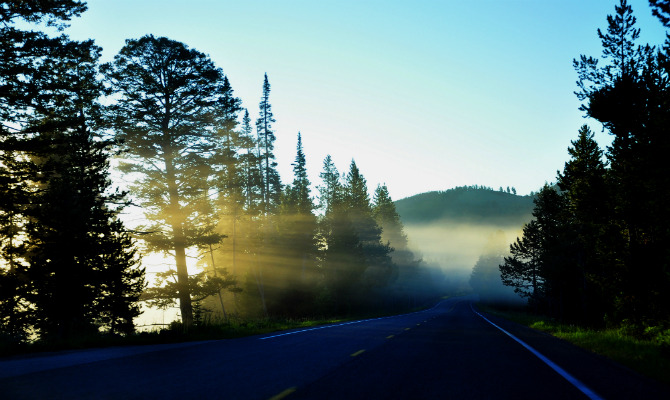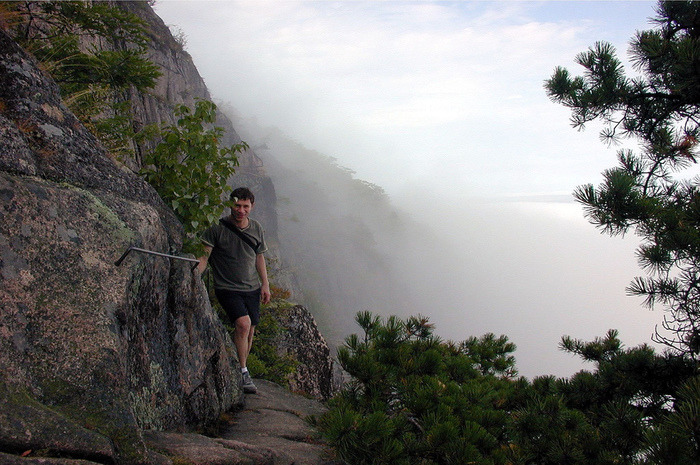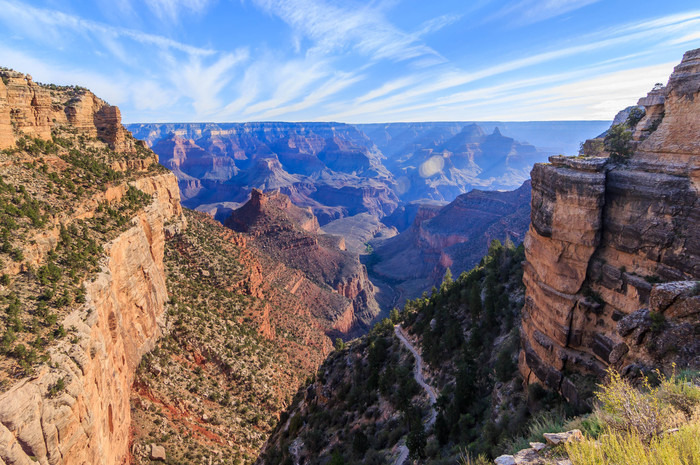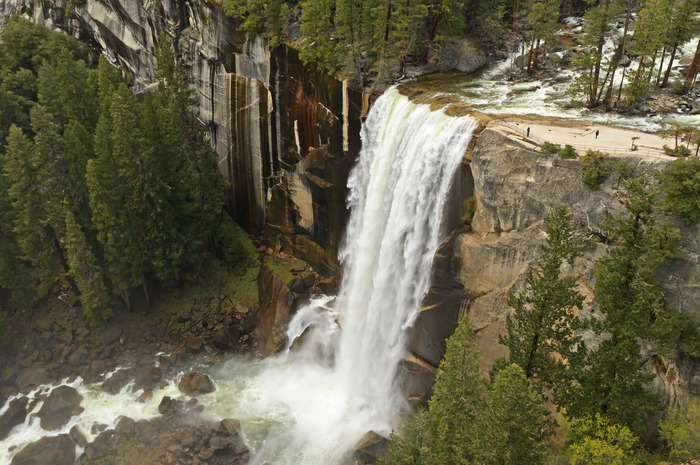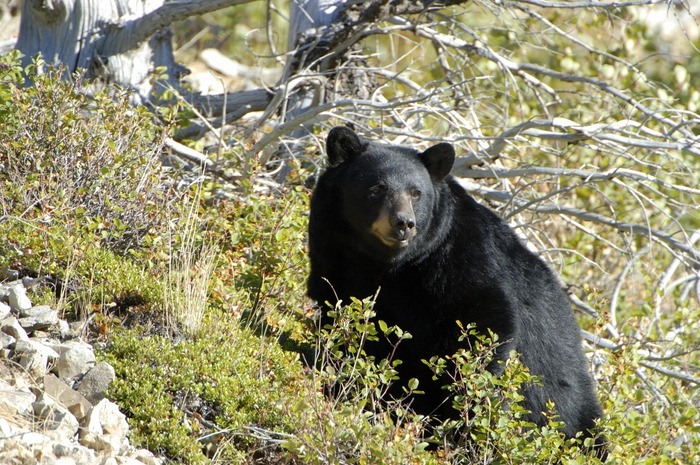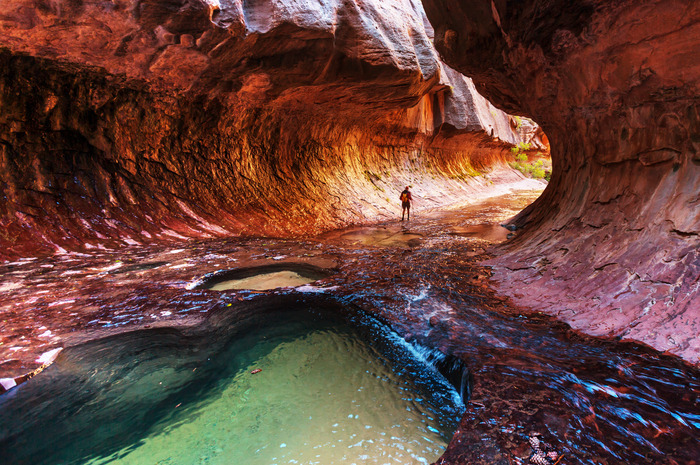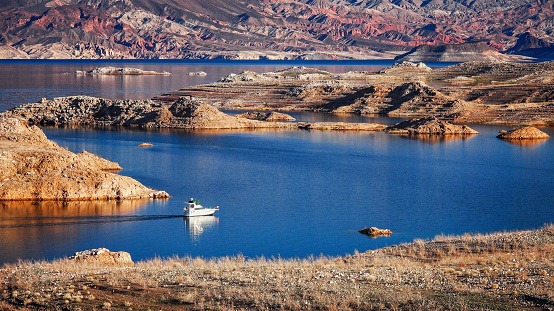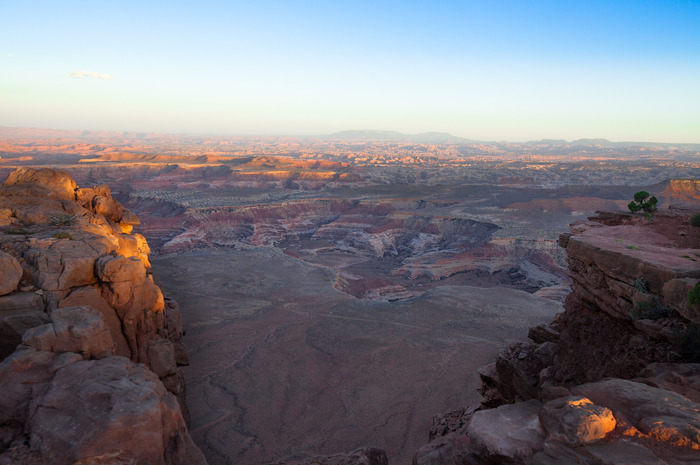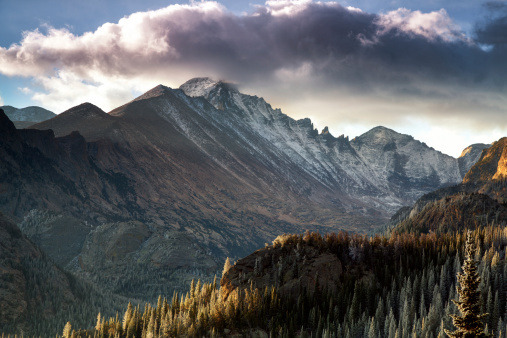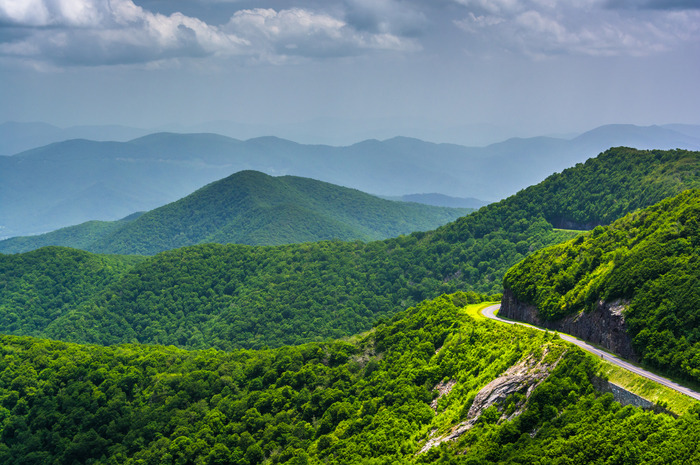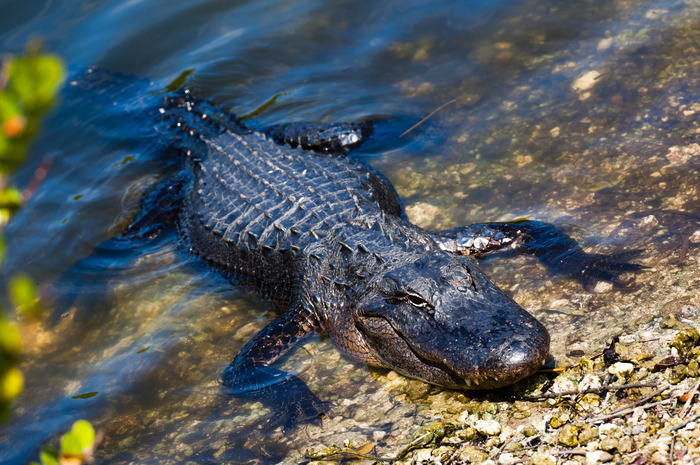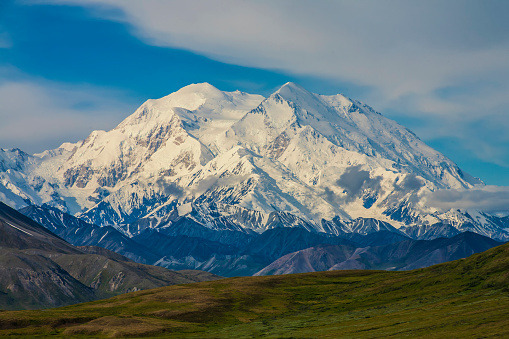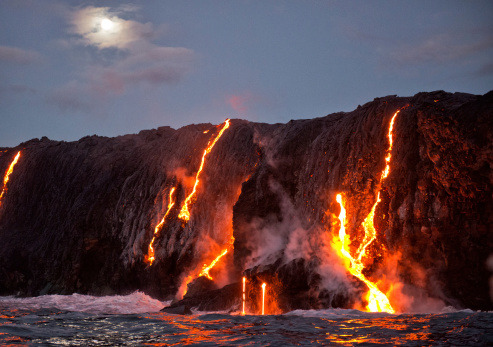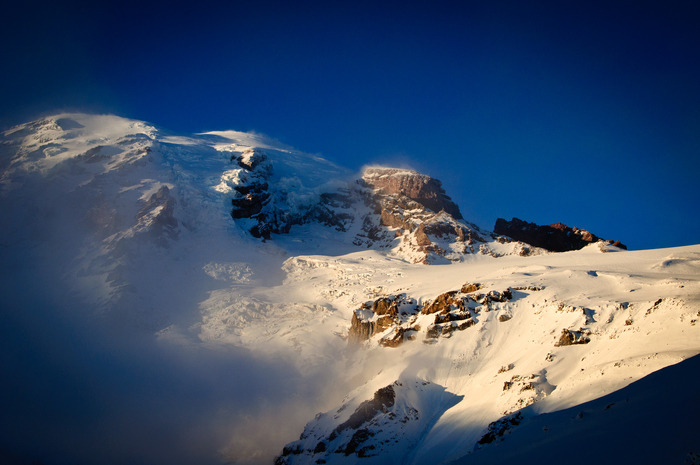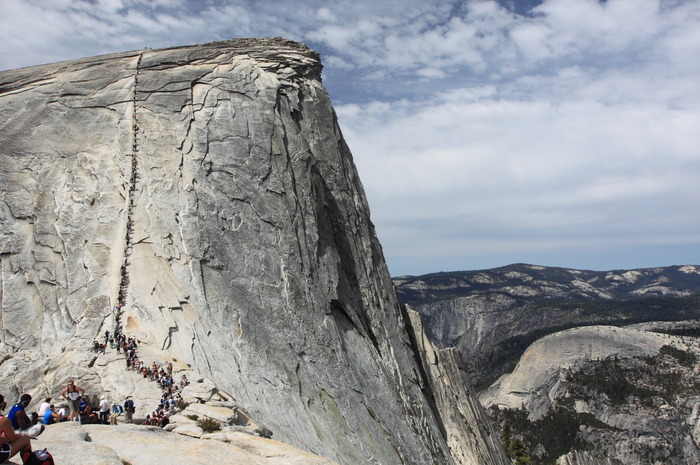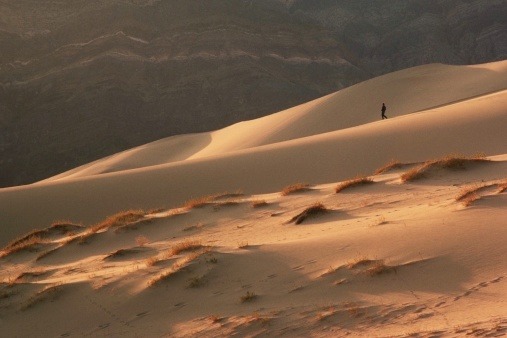The Most Dangerous Places In National Parks
Precipice Trail, Acadia National Park
The trail is very popular on the East Coast but it's also one of the most dangerous in Acadia National Park. It's not technically difficult but the steep drops and open cliffs make the walk very tricky. Falls are a real concern. A college student died four years ago after slipping. It's not a surprise that people under 5 feet and 2 inches are not recommended to try the hike. Don't ever take your hands off the metal rungs.
Bright Angel Trail, Grand Canyon, Arizona
It's tempting to want to climb from the rim down the river along the Bright Angel Trail, but you have to consider your realistic ability to complete the hike. It's 4,380 feet in altitude and can get scorching hot. This combination can easily lead do severe dehydration and heat exhaustion, and there are about 250 rescue operations a year. One of the better known incidents there was the death of 28-year-old Avik Chakravarty. He climbed in the heat and couldn't handle it. A Preventative Search and Rescue team (PSAR) was created afterwards to help hikers with whatever they may need.
Vernal Fall, Yosemite National Park
Three people died in 2011 after slipping from the top of Vernal Fall. The distance to the river, which is famous for its very dangerous current, is more than 300 feet. That year alone, 17 people died in Yosemite National Park, six by falling off waterfalls. According to the book "Off the Wall: Death at Yosemite," the total death toll stands at almost 900.
Huckleberry Mountain, Glacier National Park
Beware of bears; they may be everywhere. Experts estimate that there is a bear within a mile radius of every campsite. Sometimes in the spring, several hiking trails are closed for days due to the potential danger of encountering bears hunting for food. Avoid standing around food sources like carcasses and berry bushes.
The Narrows, Zion National Park
It's easy to hike the park's slot canyons – when it's not raining. If a sudden storm hits the area, don't waste time and find refuge somewhere high. Unexpected and abrupt flash flooding is common year-round. Hypothermia is also a major concern for hikers. That's what happened to an experienced hiker less than a year and a half ago.
Lake Mead National Recreation Area, Nevada and Arizona
Lake Mead, a manmade reservoir, is popular for unlimited and unrestricted watersports. But with that comes a lot of danger. In 1998, a person died there once a week on average. Most of them perished from a lethal combination of what park rangers call "recklessness and cluelessness." The various causes of death are drownings, boating accidents, and drug overdoses. In 2003, Lake Mead National Recreation Area ranked fourth on the list of the 10 most dangerous national parks, according to a survey by a park ranger group.
The Maze, Canyonlands National Park
Getting lost here is really easy. Always be sure to have a map, a charged phone, a GPS, and a compass. Anything you need to figure out which way to go is a good idea. The canyons are connected in a way that is truly a labyrinth. You're likely to hit a dead end anywhere you turn. The problem is that even if you can get in touch with people to come and rescue you, they may take days to find you.
Longs Peak, Rocky Mountain National Park
The unpredictable weather and the terrain can turn Longs Peak into a death trap. If you decide to conquer the peak, be prepared for lightning strikes, narrow ledges, and rock slides. An experienced hiker became the 59th fatality on Longs Peak, which is one of — if not the most — deadly peak in Colorado. Two-thirds of all deaths were the result of a fall — roped and unroped. Twenty people have died on the mountain for reasons other than falls, including six that had heart attacks, four suffering hypothermia, three struck by lightning, and three others by exhaustion and exposure.
The Blue Ridge Parkway, Smoky Mountains and Shenandoah National Park
This 469-mile road goes though Smoky Mountains and Shenandoah National Park and is one of the busiest in the country because of the breathtaking views or rivers, waterfalls, and mountains that it offers. So many people drive there that car crashes are understandably common. Murders taking place there have also been in the news, perhaps because the road is relatively isolated.
Swamps in Everglades National Park
Alligators are biting people, or at least trying, as seen in this viral video. In another instance, a woman had to climb to safety after a gator 8-10 feet long attacked her. In 2012, an alligator bit off the hand of an Everglades airboat captain, who may have tried to feed him. Provoked or not, alligators are dangerous and tourists have to be careful when these creatures are in the area.
Mount McKinley, Denali National Park
Avalanches and sudden storms scare many people away, but those who aren't are put at great risk. In 2013, four Japanese tourists died after being swept into a crevasse by an avalanche. They are among 120 people who have perished on Mount McKinley, and their deaths bring to 44 the number of bodies remaining on North America's tallest mountain, according to The Associated Press. This is one the coldest peaks on the planet with temps dropping to -75 degrees in the winter.
Kilauea, Hawaii Volcanoes National Park
Kilauea, an active shield volcano, is extremely dangerous not because of the hot ash and lava, but because of toxic fumes that are released. Being near the volcano can be a problem due to strong winds that can be extremely dangerous for anyone breathing it in. From 1992-2002, the park reported 40 fatalities, and more than 100 injuries, half of those serious.
Muir Snowfield, Mount Rainier National Park
The popular climbing campsite, Camp Muir, is also a hiking base. People start on the Skyline Trail, walking more than four miles and climbing more than two miles to Muir Snowfield. The hike is exhausting, and by the end, people's legs feel like jelly. This is a not a good state when a severe storm suddenly forms, dumping snow, and forming blinding fog. This can turn the area into a death trap, where many people have died.
Mist Trail, Half Dome, Yosemite National Park
This trail continues to be extremely popular, despite the fact that 60 people have died on their way to Half Dome. There have been more than 20 deaths on Half Dome itself. There are steel cables to hang on to as you climb but rain makes them and the rock very slick. Lightning can be dangerous due to exposed sables.
The Dunes of Death Valley National Park
The name of the park gives it away. The main problem is the heat, which often reaches close to 130 degrees and can easily cause death. The average adult will need about four gallons of water to make it out unharmed, but dehydration is not the only concern. An 11-year-old boy died after he and his mother became stranded when their car got stuck in a collapsed animal burrow. They had little food and water for two days. A decade ago, a German couple and their two children disappeared and were never found. Only their car, with three flat tires, was found.
